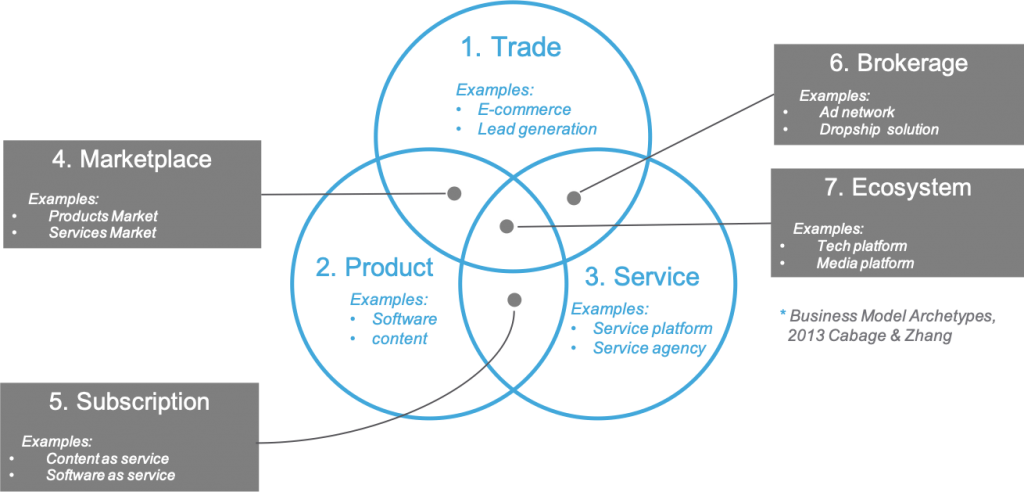What is an eCommerce Product Manager?
Product Management fundamentals apply to just about any digital product endeavor. Ecommerce has a unique set of constraints and challenges however that shape the role, in a unique way that is mostly ubiquitous throughout the industry.
Defining and Measuring Success
Ecommerce is for the most part a model that was innovated in the early 2000s. There are established, common patterns that are predictable on most ecommerce: The business is principally concerned with conversion rate (CR%), Average Order Value (AOV), and Revenue Per Session (RPS).
There are principally two problems spaces in ecommerce: finding things and buying things – discovery and purchase.
Discovery – The finding side is often referred to as product discovery and can be a real challenge for large product catalogs. The tools for solving this problem are on-site search, facets (search filters) and personalized recommendations. On the buying side,
Purchase Funnel – Once someone is found and placed into a shopping cart, the goal is making sure the user actually purchases as many of those items as possible. One-touch purchase, and conversion funnel optimization are the main tools of the trade on this side of the product. Cart abandonment is also a major problem so remembering a user’s cart and bringing them back to complete purchase is a major opportunity as well.
Merchandising Rules the Roost
One of the more interesting dynamics in ecommerce is that it can be very operational in nature and strategy is often driven from outside of Product, positioning Product as more of a functional support role, if the Product team is not strong in their innovation and diplomacy. In fact, Product often does not report directly into the President/CEO in ecommerce – it is quite common to put both Product and Merchandising under a VP of Digital Commerce.
This is for good reason. Think about why someone goes to an ecommerce site – it is not because of the amazing ecommerce experience; it is because of the inventory and the deals. Those are driven by Merchandising/buyer teams and as such, they have very strong thoughts about strategy and how to move more inventory.
This is the nature of working in a domain that is not product-first in nature. According to the Business Model Archetypes, there are 3 fundamental types of businesses – Product, Trade, and Service. Product tends to be a more strategic leadership role in businesses Product-first businesses such as actual products, SaaS, and Marketplaces.

The Experience is the Product
With Merchandising often driving the business strategy, what that leaves are internal operational systems (which is arguably IT, not Product), and the user experience of shopping. For this reason, Product is closely aligned with UX in these organizations and really focused on optimizing upon established functional patterns such as recommendations, quick view, one-click purchase, etc.
Success in E-commerce Product
The key to success in Ecommerce Product Management is in understanding these above dynamics and recognizing that the place where Product can have the greatest impact is in creating a frictionless discovery and purchase experience. Keep attention tuned to what leading ecommerce brands are doing and establish an experience strategy that regularly explores emerging trends and runs data-driven tests to optimize user engagement, retention and monetization. Do this rather than focusing on internal systems, or fighting for ownership of the business strategy, and you’ll quickly find you’ve become an invaluable part of the organization.


